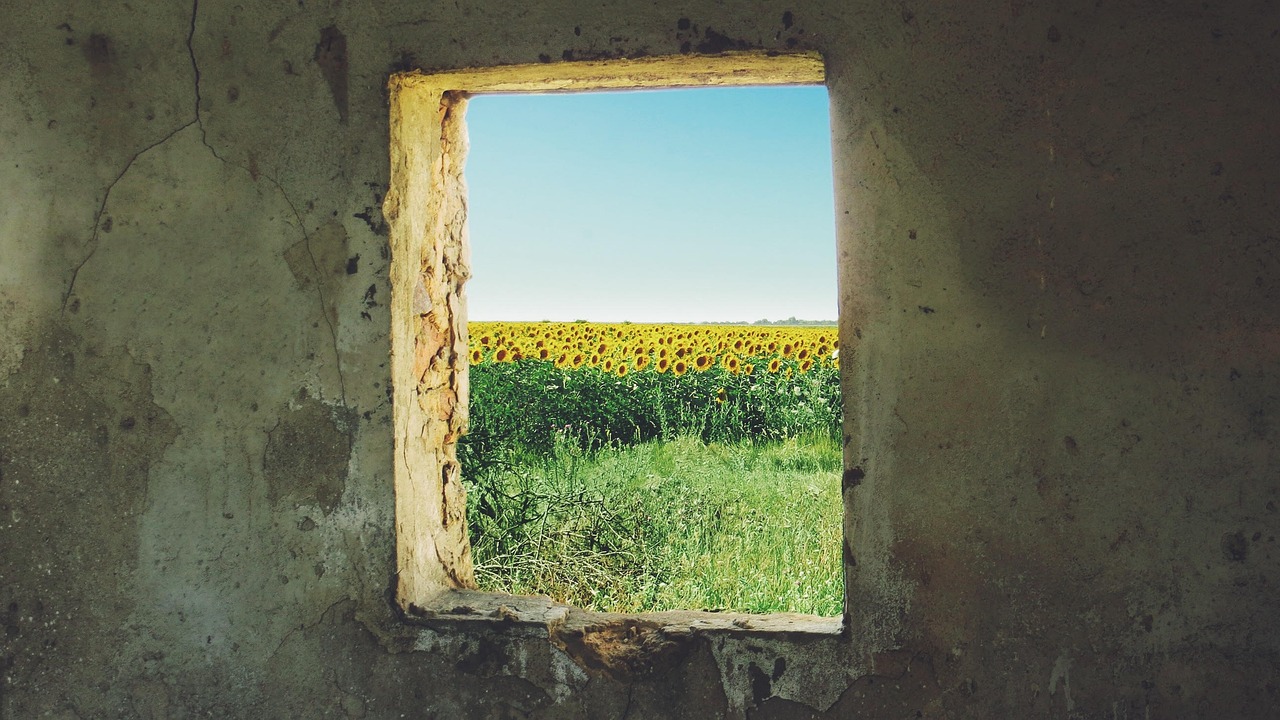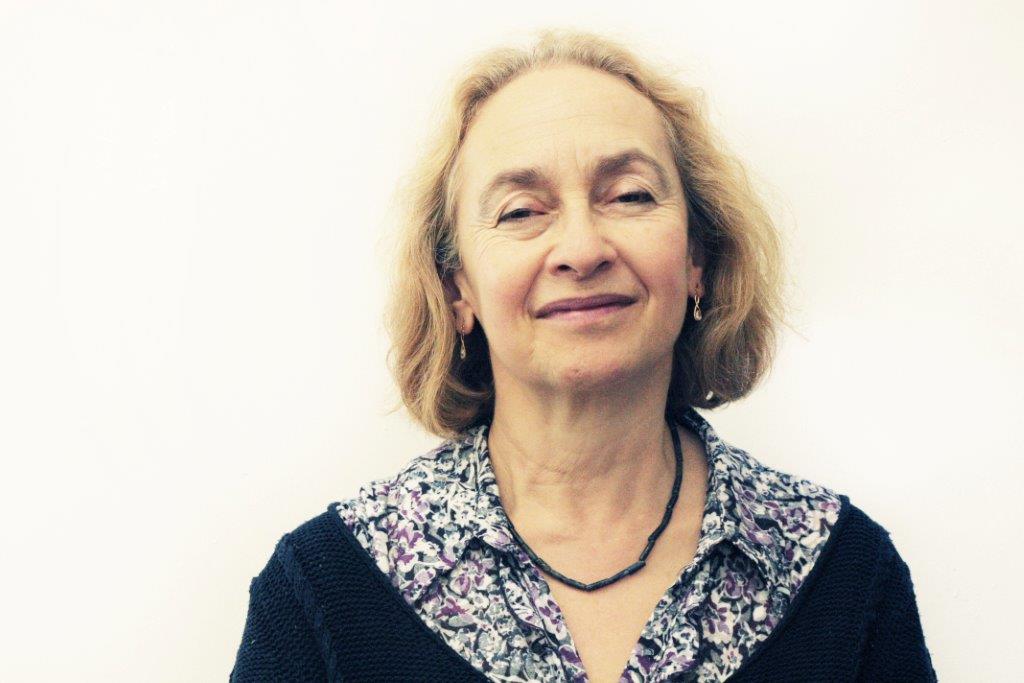Rev. Linda Chapman *

Each morning and evening where we live we hear the call of the black swans as they fly overhead. They rest at night a little way up the creek nearby. But for awhile they disappeared. Their going and coming back correlated with a period of time when work was being done on our little bridge. It seems that the noise and activity of that work had pushed them out of their usual place; their home.
I love to hear the call of those swans. They coincide with morning and evening meditation. They are a prayer in themselves. And their call reminds me that we human beings are not the only creatures who have the right to belong in a particular place; we are not the only creatures who need a home.
The swans call is somehow sparse. Like the mantra of meditation it is unadorned. There are no extravagant sentences in that call, nor lyrical phrases or theological statements; just the simple and unmistakable cry of the black swan. And, like the times for the saying of the mantra there is the rhythm of their coming and going each morning and evening. Left untroubled by the noise of bridge fixing they have been regular in their flights. I am finding that they are friends and encouragers on the path of meditation.
But what happens when the call of other creatures goes silent through loss of habitat, extreme heat and so on? Does it matter to us that some are going extinct? In a world where we continue to log and bulldoze forests and drive up carbon emissions what place do these creatures have left to them?
I want to say that unless we hear their cry we too will find ourselves homeless. Listening is the first injunction of Benedict in his Rule; ‘Listen with the ear of the heart…’ In the practice of meditation we are taught to listen to God, by listening to the mantra that will take us into silence. Yet at the same time we must not become deaf to those around us. Indeed the practice of meditation may be the very thing that attunes us to the call of the wild others.
As we look at nature how do we see it? We are so culturally accustomed to viewing the other-than-human world as a backdrop to the life of humankind; as ‘something’ that exists for us. We see this clearly in obvious examples of exploitation. Yet it is also there at a more subtle level. We may say we ‘love’ nature and mean it but are we actually seeing it for itself rather than in what it gives us or how we might make use of it? Rowan Williams, in his address to the Synod of Bishops in Rome, speaking of the contemplative way and our seeking of it said, “And we seek it not because we are in search of some private ‘religious experience’ that will make us feel secure or holy. We seek it because in this self-forgetting gazing toward the light of God in Christ we learn how to look at one another and at the whole of God’s creation.” And he suggests that in the spiritual life we are meant to advance from self-contemplation to natural contemplation by which we are enabled to see created reality for what it truly is in the sight of God rather than what it is in terms of how we might dominate it.
In this we recognize the vital relationship between our practice of meditation and the work of conversion necessary to begin to heal the split between human and other-than-human. Our addiction to a way of life that is so voraciously exploitative of the natural world coupled with the sheer growth of human population sees us rushing to a crisis point. The vast void at the heart of a life that is identified only as ‘the consumer’ can never be filled by more ‘stuff’. Our commodification of creation is degrading the natural environment to a critical point. Contemplative practice however transforms our perception such that we can no longer relate to other-than–human creation simply as an ‘it’. And paradoxically as we learn to let go of our focus on ourselves and our grasping for what we can get from ‘it’; as we come to see the other than me through the eyes of God so we are filled with the love that sustains.
Meditation brings us into a harmony that enables us to live truthfully and lovingly through crisis even as we become part of the transformative process of healing.
Listen to the words of John Main, “The truly spiritual man or woman is one who is in harmony within themselves and lives this harmony with creation and with God.” Contemplation and creation enter into redemptive relationship through our practice of meditation. Our prayer and action are essential.
As I sit here in the beauty of my home I expect to hear the call of the black swans soon. Quite often I see them; long necks out-stretched flying together in formation. I know that soon I will go down to our meditation hut and listen to the mantra. The poverty of the mantra, like the sparse and un-beautiful cry of the swan, leads us to that perception of reality by which we can commune with all things without the need to dominate. I pray that we will learn before it is too late how to see the world through the eyes of the One whose love is always being poured out for us. Then we might live in a more harmonious habitat together for the good of all.
* Linda lives on the south coast of NSW where the nearest town is Moruya which means ‘black swan’ in the traditional language.
Photo: JJ Harrison (jjharrison89@facebook.com)/CC



